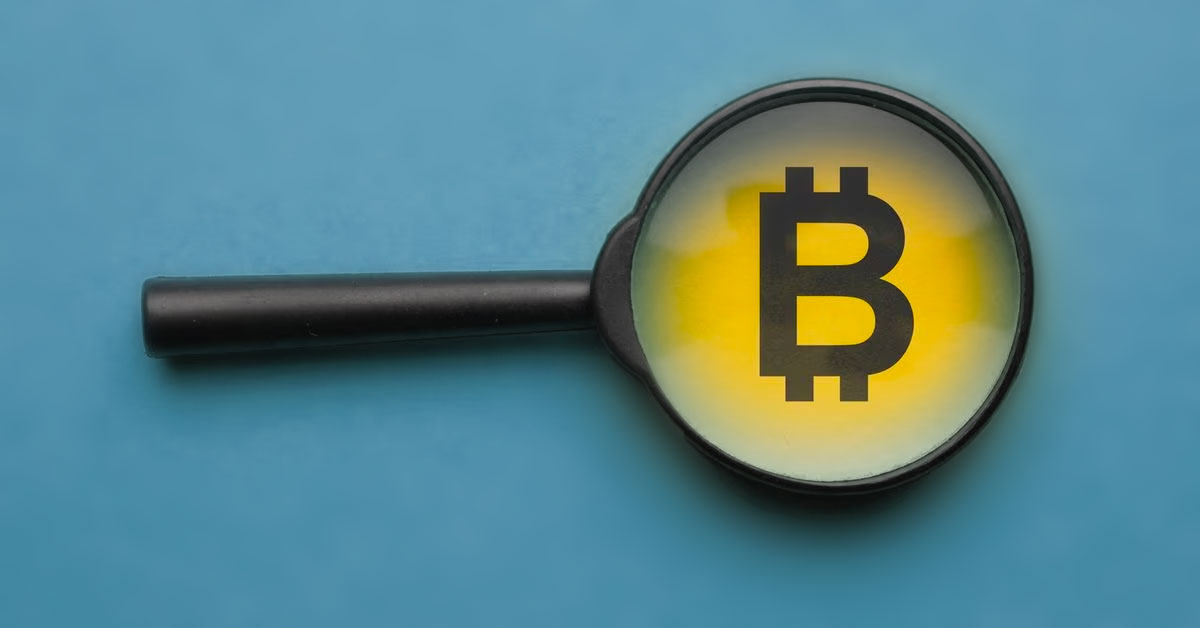Author:Haotian
I saw that @bitsmiley_labs received another $10M in new financing to accelerate its vision of landing a new stablecoin bitUSD on Bitcoin. So, what exactly does this BTCFi stablecoin project, affectionately called "Smiley Face", do? What about its core technical framework? Why is the BTCFi market so popular in the market? Next, let me talk about my opinion:
1) Ethereum DeFi ecosystem originated from MakerDAO's DAI algorithmic stablecoin, which eventually fermented from the governance incentives of the Compound lending platform, igniting a wave of DeFi summer. In order to seize the first-mover advantage in the BTCFi market, bitSmiley #SMILE combined DeFi infrastructure such as MakerDAO (DAI) and Compound (Lending) and launched three major components:
1. bitUSD: An overcollateralized stablecoin protocol, benchmarked against DAI. Users can deposit Bitcoin into the bitSmiley Treasury to mint bitUSD. The bitRC20 standard is adopted to maintain high transparency. At the same time, it cooperates with ZetaChain to build a native cross-chain bridge to ensure full-chain environment circulation.
2. bitLending: A native trustless lending protocol that uses peer-to-peer atomic exchange technology to achieve transaction matching. It also introduces an insurance system to optimize the deficiencies in the liquidation process of traditional lending.
3. Credit Default Swaps (CDS): An innovative derivatives protocol that integrates NFT-cut CDS and uses an aggregate bidding method to improve the efficiency and fairness of the CDS market.
2) How the product components are specifically evaluated requires further experience. I will mainly talk about two core technical points:
1. Native cross-chain cooperation with @zetablockchain: ZetaChain is a POS blockchain built on Cosmos SDK and Tendermint PBFT consensus engine, which provides a series of interoperability operations by embedding a specific chain in the full chain environment. Since Bitcoin has no smart contracts, light nodes can be deployed and multi-party signature operations can be performed based on the ECDSA signature algorithm. ZetaChain only needs to effectively track and manage UTXO on Bitcoin to achieve secure cross-chain.
In addition, since ZetaChain is an Ominichain smart contract for the full-chain environment, after solving the cross-chain problem between the Bitcoin network, it can theoretically achieve transparent management of the full-chain assets with the help of its full-chain circulation environment.
2. The bitRC20 standard looks like the BRC20 inscription standard. Yes, bitUSD borrows the asset paradigm of inscriptions to issue assets on the Bitcoin mainnet. When users want to overcollateralize BTC, they can first bridge assets to the bitSmiley official bridge. After the bitSmiley layer2 chain determines the user's collateral assets and conducts consensus verification, it will pass the information of minting bitUSD to the Bitcoin mainnet.
Since the traditional BRC20 inscription casting requires the total amount of deployment to be preset in advance, bitRC20 has added Mint and Burn operations for stablecoin scenarios to meet the needs of stablecoins to dynamically adjust the supply. This is actually the meaning of the indexer. This flexible inscription issuance method is easier to be applied and empowered in the project.
above.
In the end, it is not difficult to see why mainstream capital is rushing into BTCFi, and DeFi infrastructure providers like bitSmiley are also rushing to make arrangements.
On the one hand, everyone is eyeing the huge incremental asset space in the BTCFi market. Based on the current total BTC network locked assets of $1.6 billion, it only accounts for 0.14% of the total BTC market value. Compared with the asset lock-up rate of ETH, Solana and other networks, there is still 50-100 times of growth space. Its source of funds is not limited to the on-chain, and there is also a huge off-chain demand behind the BTC+ETH ETF fund.
On the other hand, I think that after mastering the strategic positioning of stablecoins, lending, derivatives and other practical applications of core BTC assets, its application scenarios will radiate to the entire chain environment, and will have the effect of revitalizing and leading innovation for the DeFi model and users of the entire chain environment.






